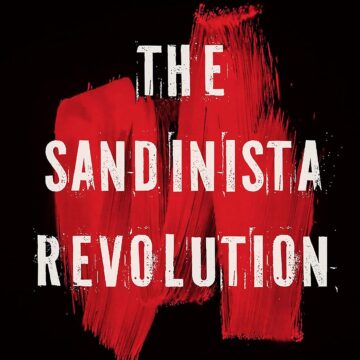Timo Schaefer in the Los Angeles Review of Books:
 In 1979, most Latin American countries were ruled by right-wing military dictatorships. The Cuban Revolution was 20 years old, and copycat guerrilla groups had been comprehensively defeated across the region thanks in part to heavy United States counterinsurgency efforts. The flame of revolution appeared to be spent. It was in this unpropitious regional context, in the small Central American nation of Nicaragua, that the Frente Sandinista de Liberación Nacional (Sandinista National Liberal Front, FSLN), the guerrilla group known colloquially as the Sandinistas, overthrew the brutal, United States–backed dictatorship of Anastasio Somoza. It would turn out to be the last of Latin America’s Cold War revolutions. But for a moment, the Sandinistas’ feat returned hope to a battered socialist Left in the region.
In 1979, most Latin American countries were ruled by right-wing military dictatorships. The Cuban Revolution was 20 years old, and copycat guerrilla groups had been comprehensively defeated across the region thanks in part to heavy United States counterinsurgency efforts. The flame of revolution appeared to be spent. It was in this unpropitious regional context, in the small Central American nation of Nicaragua, that the Frente Sandinista de Liberación Nacional (Sandinista National Liberal Front, FSLN), the guerrilla group known colloquially as the Sandinistas, overthrew the brutal, United States–backed dictatorship of Anastasio Somoza. It would turn out to be the last of Latin America’s Cold War revolutions. But for a moment, the Sandinistas’ feat returned hope to a battered socialist Left in the region.
How were the Sandinistas able to achieve victory when so many other guerrilla groups had failed? According to Mateo Jarquín’s intriguing The Sandinista Revolution: A Global Latin American History (2024), a big part of the answer has to do with how the Sandinistas leveraged international diplomacy.
More here.
Enjoying the content on 3QD? Help keep us going by donating now.
